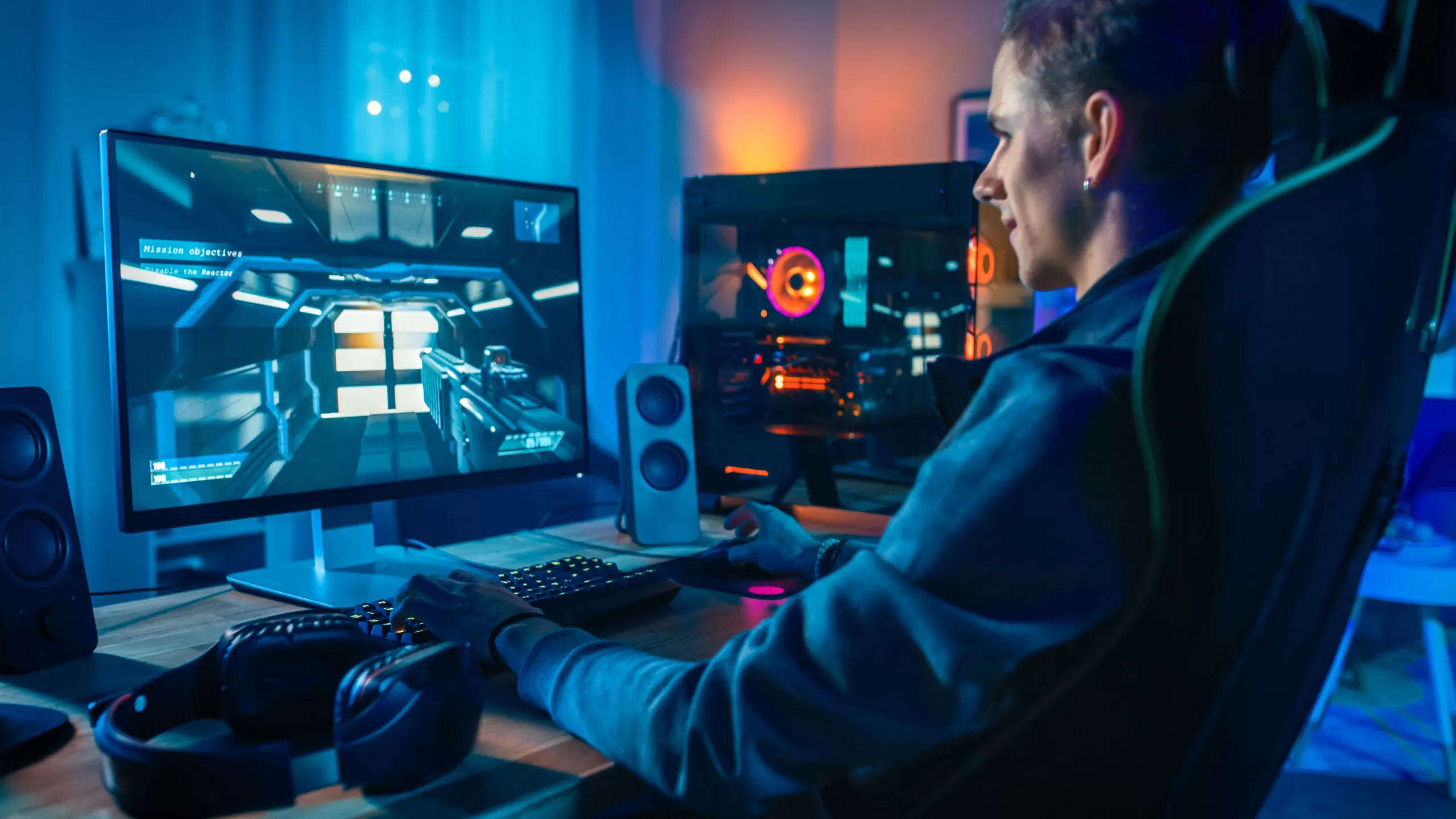
Nothing is more annoying than dropping FPS while you’re in the middle of playing your favorite video games. Most people think that to solve this problem, they must upgrade their CPU, GPU, or RAM. While some choose to overclock these hardware components for a boost of speed. The only downside is that overclocking can result in overheating, which can further lead to several issues.Good thing, though, that there are simple tweaks you can do to increase frames per second of your gaming PC. Check the tips below:
Tip 1 – Upgrade your drivers.
If the drivers are not up to date, your gaming PC will not run optimally. Manufacturers regularly release driver updates to ensure that they are optimized and can run the most recent games. You don’t have to worry about anything because updates are provided at no cost. Simply search for Drivers Update on the manufacturer’s website to get started.
For instance, if you have an Intel Graphics Card, you can look for the graphics driver by going to Intel Support. You can also find and install a third-party program that will notify you whenever any of your drivers has a new update.
Tip 2 – Stop applications running in the background.
Check that no unnecessary programs are running in the background before starting your video game. Programs running in the background while you play can have a significant impact on your device’s processing speed and frame rate. Follow these steps to resolve this issue:
- Navigate to Task Manager.
- Click Memory Tabs and CPU.
- Check which applications are using a lot of the CPU’s resources.
- Close the program or app if you don’t need it.
Tip 3 – Install game updates.
Make sure the video games you’re playing are the most recent versions. Developers often release a few patches/updates to enhance the game experience. Some of these updates even include optimizations that can have a significant impact on your game’s performance. Therefore, enable auto-updates in your video games.
Tip 4 – Enable Windows Game Mode.
Game Mode is a built-in feature that optimizes Windows 10/11 for gaming. It can boost your computer’s frame-per-second (FPS) in games by deactivating background processes like app notifications and Windows updates.
When Game Mode is enabled, your PC should be able to detect when you’re running a video game. It will also prioritize giving your system resources to your video game for a better gaming experience.
Here’s how you can turn on the Game Mode in your Windows 10/11 gaming PC:
- Click on the cog icon in the Start menu.
- Choose Gaming from the categories.
- Confirm that the Game Mode switch is turned on by selecting it from the menu on the left. Toggle it on if it’s turned off.
Tip 5 – Adjust game resolution.
The resolution of your game has the greatest impact on performance. High resolution necessitates more work for your GPU because it must process more pixels in each frame. If your game’s resolution is 1080px, you might want to change it to 720px if you don’t like how well your video is running. While this will significantly impact the graphics of the game, it will also improve the game’s performance.
Tip 6 – Lower other game settings.
Aside from the game resolutions, lowering other game settings can also help improve your FPS. These settings include shadow settings, anti-aliasing, dynamic reflection, ambient occlusion, motion blur, and volumetric lighting.
Go through each graphics option, turn them down a little, and re-check your game if your frame rate hovers around 20-30 FPS. Keep adjusting the settings until you meet the ideal FPS your game requires.
Tip 7 – Scan your PC for malware or viruses.
There is a possibility that your computer’s performance is suffering because it is infected with certain viruses or malware. To fix this, scan your gaming PC for viruses and malware like third-party antiviruses like Avast, Norton, AVG, and McAfee. Microsoft Windows also has a built-in anti-malware and antivirus program called Windows Defender.
Make sure that your antivirus software is up-to-date. Keep in mind that new malware and viruses are being released by hackers. The updated software will likely defend your system in case you encounter any software attack from new damaging programs.
Tip 8 – Change the Power and Performance Option.
The power and performance option settings in the Control Panel can also be changed to improve frame rates per second (FPS). Follow the steps below:
- Navigate to the System and Security category in the Control Panel.
- In the right pane, select System, and then select Advanced system settings.
- Navigate to the Advanced tab and select the Performance section’s Settings button.
- Check the box that says “Adjust for best performance” in the Performance Options window.
- To save the changes, click “Apply” and “OK.”
- Return to System and Security.
- Select Power Options.
- Check High Performance.
***
We hope that these tips can help improve your FPS gaming. If nothing works, get your gaming PC checked by a technician, or treat yourself to a new unit!